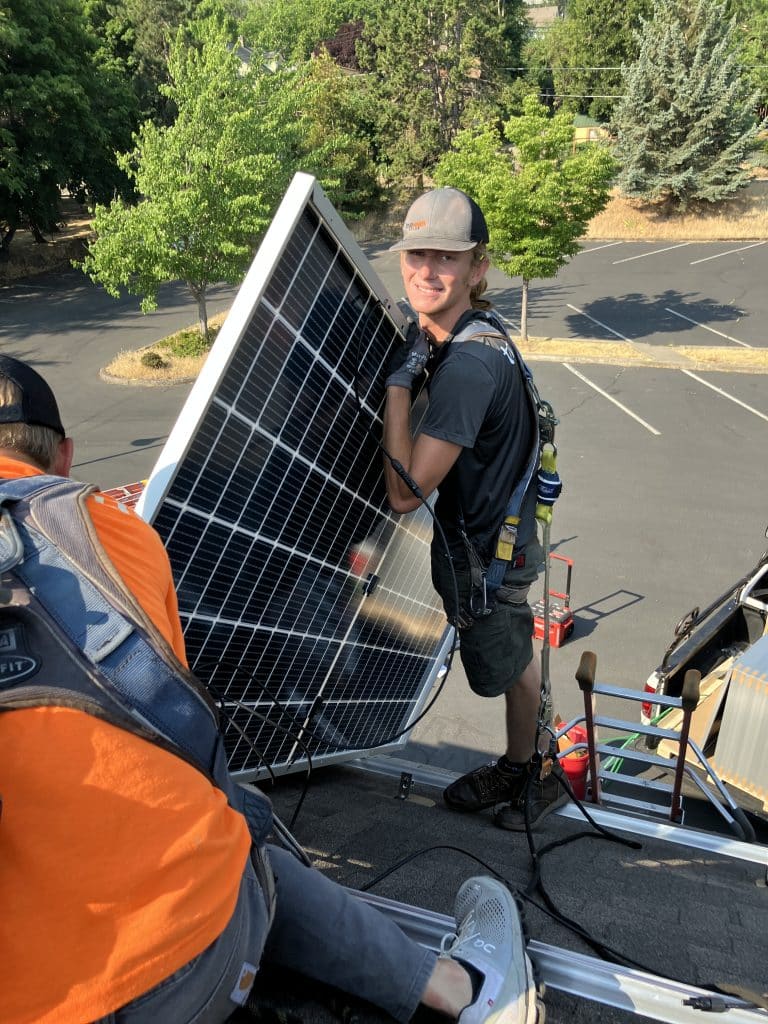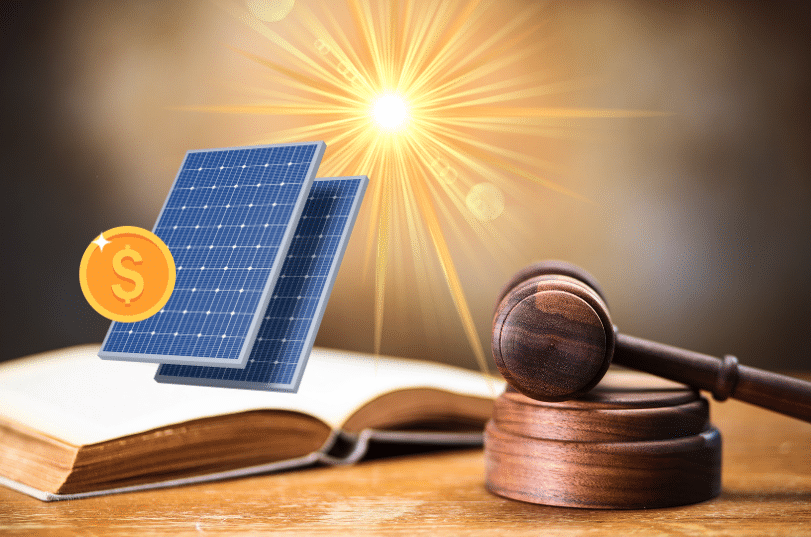It’s been just over a year since President Biden signed the Inflation Reduction Act (IRA) into law in August 2022. This sweeping legislation contained significant investments and tax credits to accelerate the transition to clean energy in the United States. One year later, we see the impacts on the solar industry and our economy.
The IRA extended and enhanced federal tax credits for residential and commercial solar installations. The previous 26% tax credit was increased to 30%, which will now last through 2032 before phasing out by 2034. These extended and enhanced credits have provided stability and improved the economics for rooftop solar and large utility-scale projects.
In the year since the IRA was passed, residential solar installations are up 15% compared to the year prior. The IRA made rooftop solar accessible to more American families by allowing tax credits to be taken directly as a rebate at the point of installation. For commercial solar, over 25 gigawatts of new utility-scale projects have been announced since the IRA, triple the amount from the year before.
The IRA also incentivized domestic solar manufacturing, providing bonus credits for projects using American-made components.The country’s largest crystalline silicon solar panel assembler Qcells started building another plant here this year and will be making both their solar panels and components. True South Solar proudly installs American Made QCell panels. Also, larger solar companies like First Solar and SolarEdge have announced plans to build new panel and inverter factories in the U.S., which will reduce supply chain disruptions. Another great thing about this, is the amount of jobs it’s creating for American’s.
The solar industry now employs over 300,000 workers in the US, a 20% increase since the passage of the IRA. Projections show solar jobs will grow to over 800,000 by 2030! Not only do installers, electricians, and construction workers benefit from increased residential and utility solar project demand but other positions such as office staff and designers benefit as well.
By the end of the decade, the nation’s solar manufacturing workforce is set to triple in size to over 100,000 jobs.
Manufacturing jobs are well-paying, family-sustaining jobs that have long supported a thriving middle class. These jobs will help to utilize the human capital that many communities have built up over decades and employ Americans in the energy sector for years to come.

Investing in renewable energy remains one of the best ways to rapidly decarbonize the grid and electrify the economy over the next decade. The IRA will help the US cut emissions by about 40% by 2030 compared to 2005 levels through clean energy deployment. The Rhodium Group estimates the IRA will reduce US emissions by 1.5 billion tons through 2030, with solar playing a major role. More solar energy will displace fossil fuel electricity generation, providing large carbon emission reductions. Improved economics and incentives also facilitate electrification in transport and buildings, further cutting emissions.
Challenges still remain for the solar industry, but the policies within the Inflation Reduction Act have provided stability and support for significant growth. One year later, it’s clear the Inflation Reduction Act was a turning point that will help solar energy continue its rapid expansion in the U.S. and play a significant role in the transition to clean electricity.

